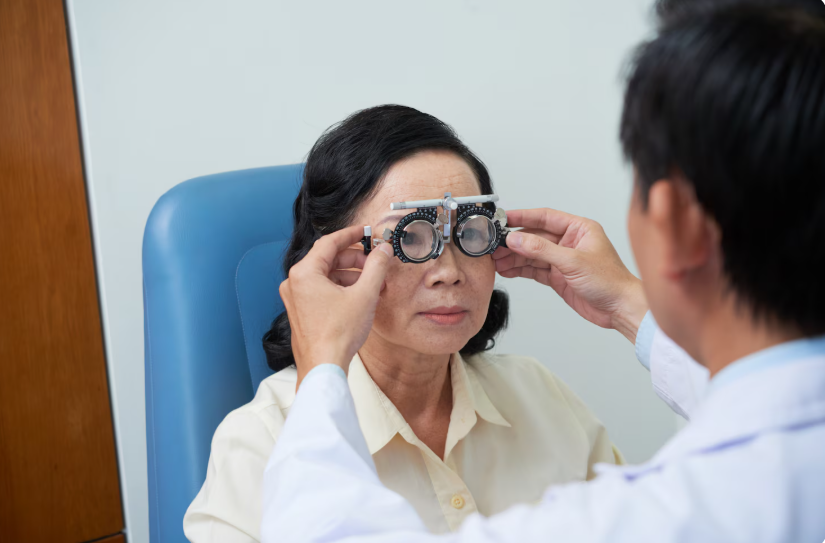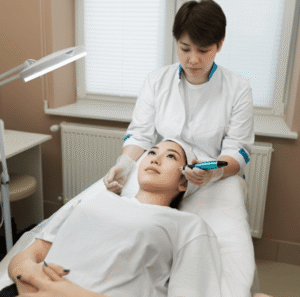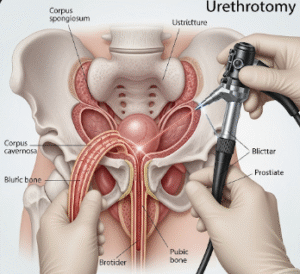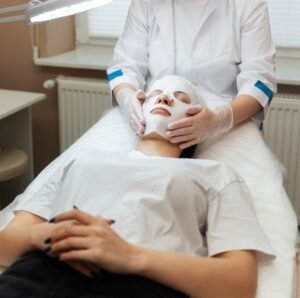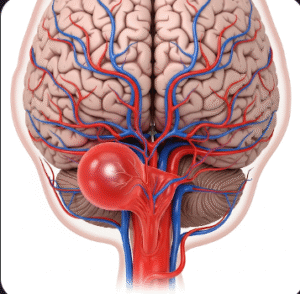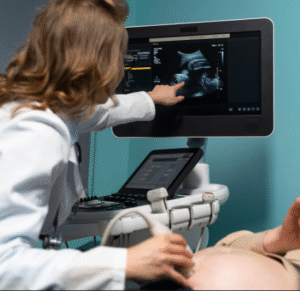- Occasional blurred distance vision in severe cases
Causes
- Shortened eyeball or flatter-than-normal cornea
- Inherited refractive errors
- Aging-related changes in lens flexibility (presbyopia)
- Sometimes linked to other eye conditions, such as strabismus
Risk Factors
- Family history of hyperopia
- Age (children may outgrow mild hyperopia, adults may develop presbyopia)
- Eye injuries or surgeries affecting corneal shape
- Certain systemic conditions affecting eye structure
Complications
- Eye strain and chronic headaches
- Amblyopia (“lazy eye”) in children if uncorrected
- Strabismus (crossed eyes) in pediatric patients
- Reduced academic or work performance due to vision problems
- Progressive difficulty with near vision in older adults
Prevention
- Regular eye exams starting in childhood
- Early detection and corrective measures (glasses or contact lenses)
- Proper lighting and ergonomic reading habits
- Protective eyewear during activities that risk eye injury
- Monitor for changes in vision with age
Treatment Options in Korea
Diagnosis
- Comprehensive eye examination by an ophthalmologist or optometrist
- Refraction tests using lenses and visual acuity charts
- Slit-lamp and retinal exams to rule out other eye diseases
Medical Treatments
- Corrective glasses for near vision
- Contact lenses (soft or rigid gas-permeable lenses)
- Vision therapy in children with amblyopia or convergence problems
Surgical or Advanced Therapies
- Laser refractive surgery (LASIK, LASEK, SMILE) for eligible adults
- Lens implants (phakic intraocular lenses) in severe hyperopia
- Refractive lens exchange for age-related presbyopia or high hyperopia
Rehabilitation and Support
- Routine eye check-ups to adjust prescription
- Eye exercises or ergonomics for digital device use
- Counseling for children and parents regarding visual development

